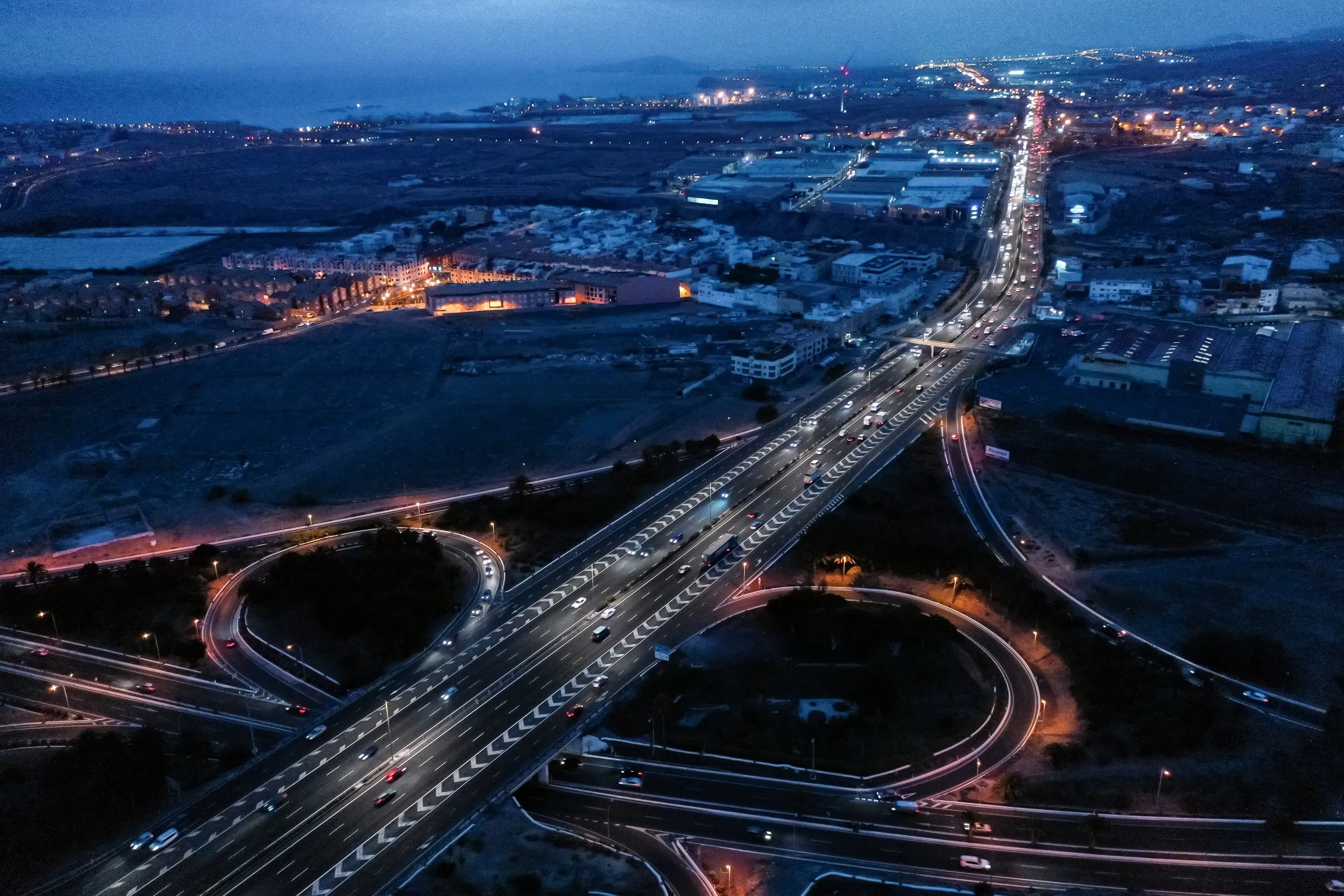Tangier in Morocco has announced that at the end of 2012 the first calls to tender should be launched for an aerial tramway transport system in the city, where the streets are often on steep slopes. It will require an investment of around nearly US$23 million, less than an underground rail system as the city is on sandy ground making such a system expensive to build. It will have a capacity of 2,800 passengers per hour, or 32,000 per day, the equivalent of 50 buses. It will be the first of its kind in Moroc
June 12, 2012
Read time: 1 min
Tangier in Morocco has announced that at the end of 2012 the first calls to tender should be launched for an aerial tramway transport system in the city, where the streets are often on steep slopes. It will require an investment of around nearly US$23 million, less than an underground rail system as the city is on sandy ground making such a system expensive to build. It will have a capacity of 2,800 passengers per hour, or 32,000 per day, the equivalent of 50 buses. It will be the first of its kind in Morocco and completion is planned for 2016. The infrastructure includes 17 pylons (30 to 50m high) and four stations. As a relatively green mode of transport, it is estimated it will save 30 tonnes of CO2 per annum and have little effect on the environment.










